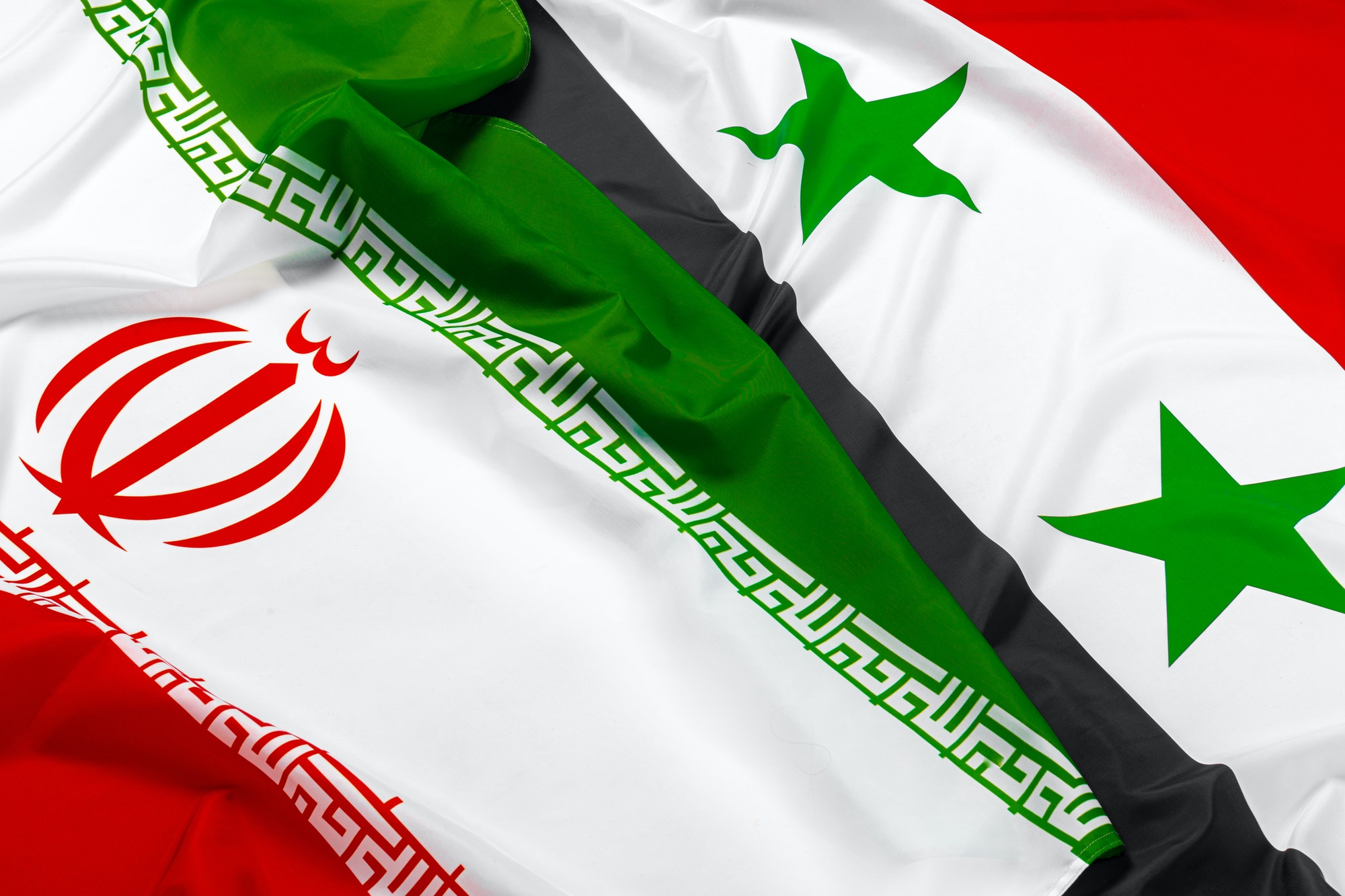Dive into an insightful analysis of the US damage assessments in Syria and Iraq, exploring the implications and what it means for the future.
Imagine you’re trying to piece together a jigsaw puzzle, but half of the pieces are missing. That’s akin to understanding the full impact of military operations without looking at the damage assessments. Recently, the US conducted thorough assessments in Syria and Iraq, shedding light on the ramifications of ongoing conflicts. But what does this really mean?

Introduction
Have you ever wondered what the aftermath of military operations looks like? It’s not just about strategy and victories; it’s also about understanding the impact on the ground. The US damage assessments in Syria and Iraq offer a window into this reality, revealing the consequences of conflict on these war-torn nations.
Background
Before we dive deep, let’s set the stage. Syria and Iraq have been at the heart of Middle Eastern conflicts for years, with various forces, including the US, involved in military operations. But, what happens after the dust settles?
The Importance of Damage Assessments
Damage assessments are like the report card of military operations. They tell us what was hit, what was missed, and at what cost. Why is this important? Because it helps us understand the efficiency, consequences, and humanitarian impact of these operations.
Key Findings of the Recent Assessments
The latest reports reveal a mixed bag of precision strikes and unintended casualties. Imagine hitting the bullseye but also the surrounding areas. It’s a delicate balance between military objectives and collateral damage.
The Humanitarian Aspect
At the heart of these assessments lies the human story. Families displaced, lives lost, and communities shattered. It’s a stark reminder of the human cost of conflict.
Military Implications
Strategically, these assessments offer valuable insights into the effectiveness of military campaigns. They’re crucial for refining tactics and minimizing future collateral damage.

Political Repercussions
The findings have a ripple effect, influencing diplomatic relations, peace negotiations, and international policy. It’s a geopolitical chess game, where every move is scrutinized.
Environmental Impact
War scars the earth as much as it does humanity. The environmental toll of damaged infrastructure and polluted landscapes is a sobering reminder of war’s long-term impacts.
Future Prospects
Looking ahead, these assessments can guide efforts to rebuild and reconcile in the affected regions. It’s about learning from the past to better navigate the future.
International Response
The global community’s reaction to these findings varies, from calls for accountability to pledges of aid. It’s a test of international solidarity and responsibility.
Public Perception
How do people view these operations? The assessments can sway public opinion, emphasizing the need for transparency and ethical conduct in military engagements.
Expert Opinions
Experts weigh in, analyzing the strategic, legal, and ethical dimensions of the damage assessments. Their insights are crucial for understanding the broader implications.
Conclusion
In closing, US damage assessments in Syria and Iraq are more than just numbers and statistics. They’re a comprehensive overview of the consequences of conflict, serving as a reminder of the importance of careful military planning, the need for humanitarian aid, and the pursuit of sustainable peace. As we look forward, let’s hope these assessments pave the way for healing and rebuilding.

FAQs
- What were the key findings in Syria and Iraq? The assessments showed a complex picture of military precision alongside unintended civilian casualties and infrastructure damage. They highlighted the need for improved targeting accuracy and post-conflict reconstruction efforts.
- How do damage assessments impact humanitarian efforts? These assessments are crucial for humanitarian organizations, as they help prioritize areas in need of urgent aid and reconstruction. They shine a light on the immediate needs of affected populations and the long-term recovery process.
- What role do international bodies play in response to these assessments? International bodies like the United Nations use these assessments to call for accountability, guide diplomatic efforts, and coordinate international aid. They also play a role in mediating conflicts and pushing for peace negotiations based on the findings.
- Can these assessments influence military strategies? Absolutely. Military strategists use the findings to refine their tactics, aiming to reduce civilian casualties and collateral damage in future operations. These assessments serve as feedback, improving the precision and effectiveness of military engagements.
- What can the general public do in response to these findings? The general public can advocate for peace, support humanitarian aid organizations, and engage in informed discussions about the implications of military operations. By staying informed and holding governments accountable, people can play a part in fostering a more peaceful and just world.
Sources CNN


